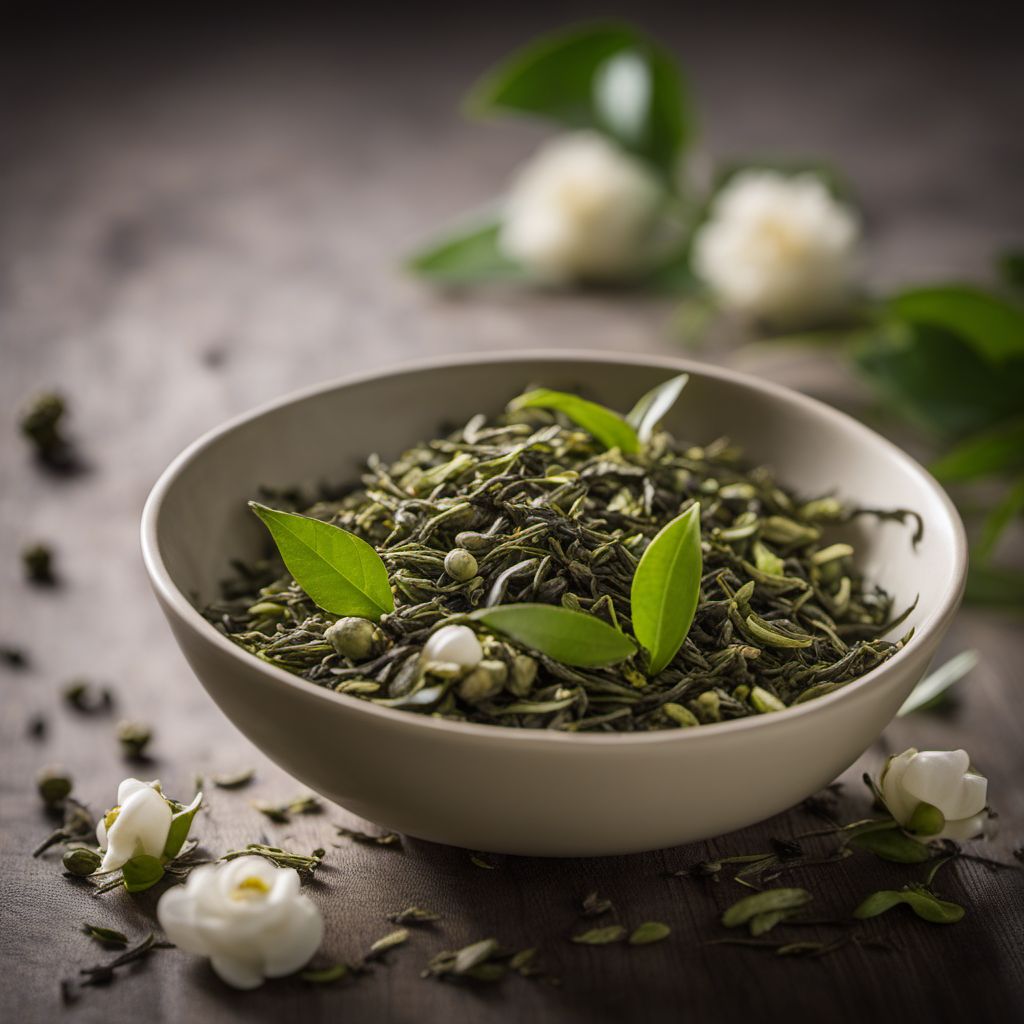
Ingredient
Non-fermented tea leaves (green or white tea)
The Essence of Pure Tea
Non-fermented tea leaves, such as green or white tea, are characterized by their vibrant green color, delicate aroma, and subtle vegetal taste. These leaves are minimally processed, allowing them to retain their natural antioxidants and health benefits. With a smooth and light texture, they infuse into a pale golden liquor that offers a refreshing and rejuvenating experience.
Origins and history
Tea cultivation dates back thousands of years, with origins in China. Green and white tea have been an integral part of Chinese and Japanese cultures, celebrated for their medicinal properties and ceremonial significance. Today, these non-fermented tea leaves are enjoyed globally for their health benefits and unique flavors.
Nutritional information
Non-fermented tea leaves are rich in antioxidants, including catechins and polyphenols, which contribute to their potential health benefits. They are also low in calories and contain minimal amounts of caffeine.
Allergens
Non-fermented tea leaves, such as green or white tea, do not typically pose allergenic risks. However, individuals with caffeine sensitivity should consume them in moderation.
How to select
When selecting non-fermented tea leaves, look for vibrant green leaves that are whole and unbroken. Avoid leaves that appear dull or discolored, as they may indicate poor quality or age. Additionally, opt for loose leaf tea rather than tea bags for a more authentic and flavorful experience.
Storage recommendations
To maintain the freshness and quality of non-fermented tea leaves, store them in an airtight container away from light, heat, and moisture. Avoid storing them near strong-smelling substances, as tea leaves can easily absorb odors. Proper storage will help preserve their delicate flavors and aromas.
How to produce
Non-fermented tea leaves can be grown in home gardens or small-scale plantations. They require well-drained soil, partial shade, and regular watering. With proper care and maintenance, tea plants can thrive and produce fresh leaves for brewing.
Preparation tips
To prepare non-fermented tea leaves, steep them in hot water between 160°F to 180°F (70°C to 82°C) for 1 to 3 minutes, depending on the desired strength. Adjust the steeping time to achieve the desired flavor intensity. Non-fermented tea leaves can be enjoyed on their own or infused with other ingredients to create unique tea blends.
Culinary uses
Non-fermented tea leaves, such as green or white tea, are commonly used to brew hot or iced tea. They can also be incorporated into various recipes, including desserts, marinades, and sauces, to add a subtle and refreshing flavor. Additionally, they are often used in traditional tea ceremonies in East Asian cultures.
Availability
Non-fermented tea leaves, particularly green and white tea, are widely available in countries like China, Japan, India, and Sri Lanka. They are also cultivated in various other regions, including parts of Africa, South America, and Southeast Asia.
